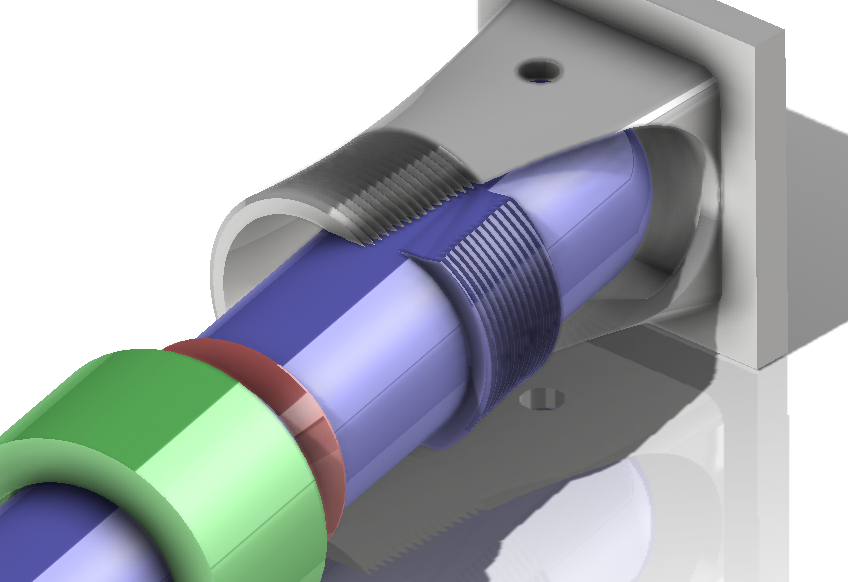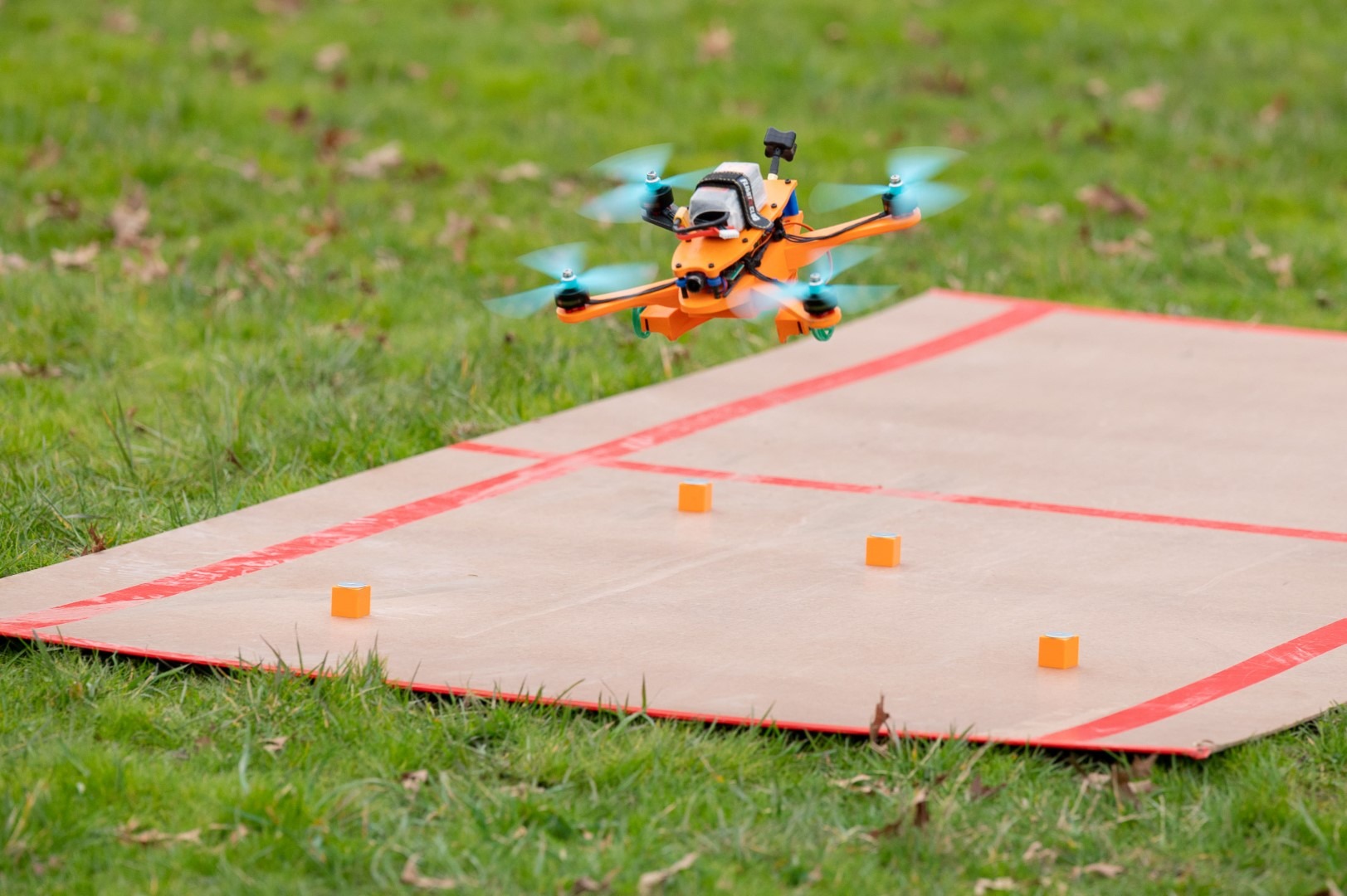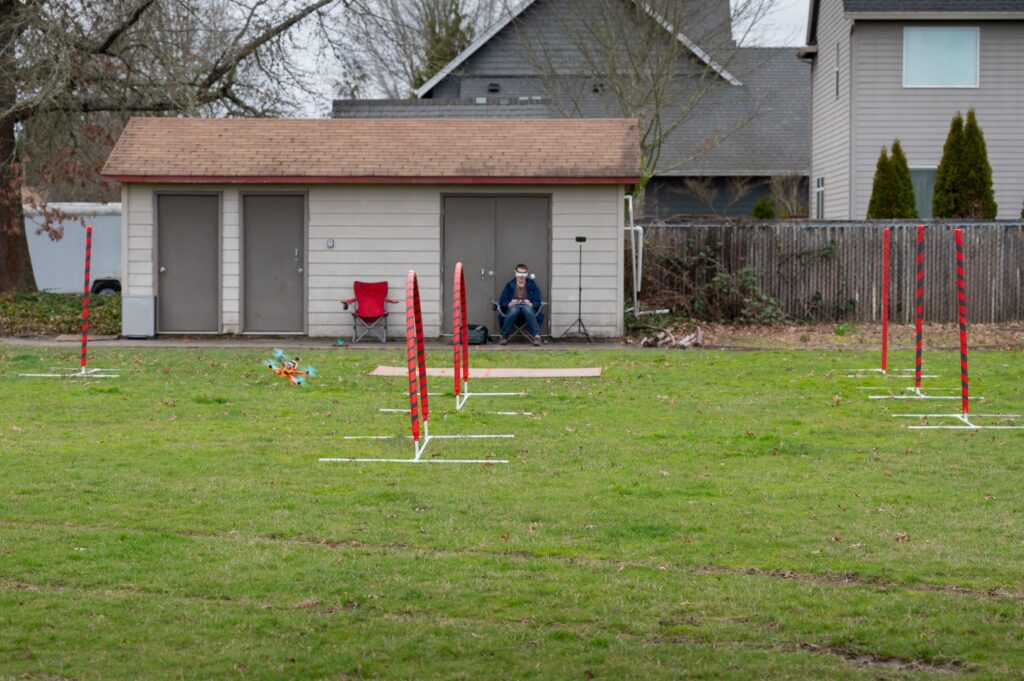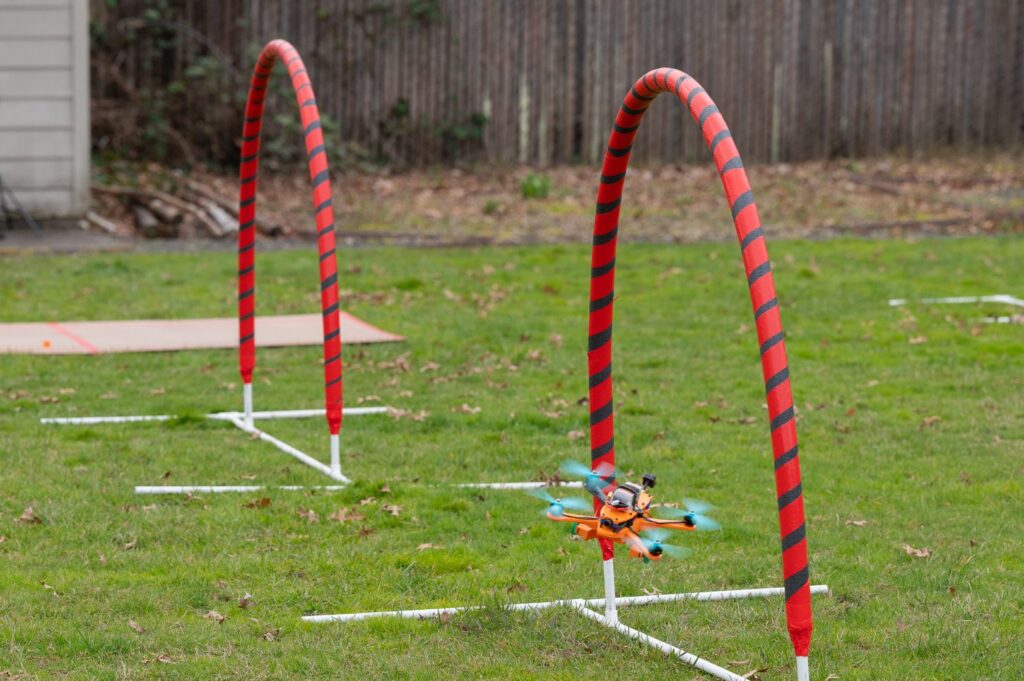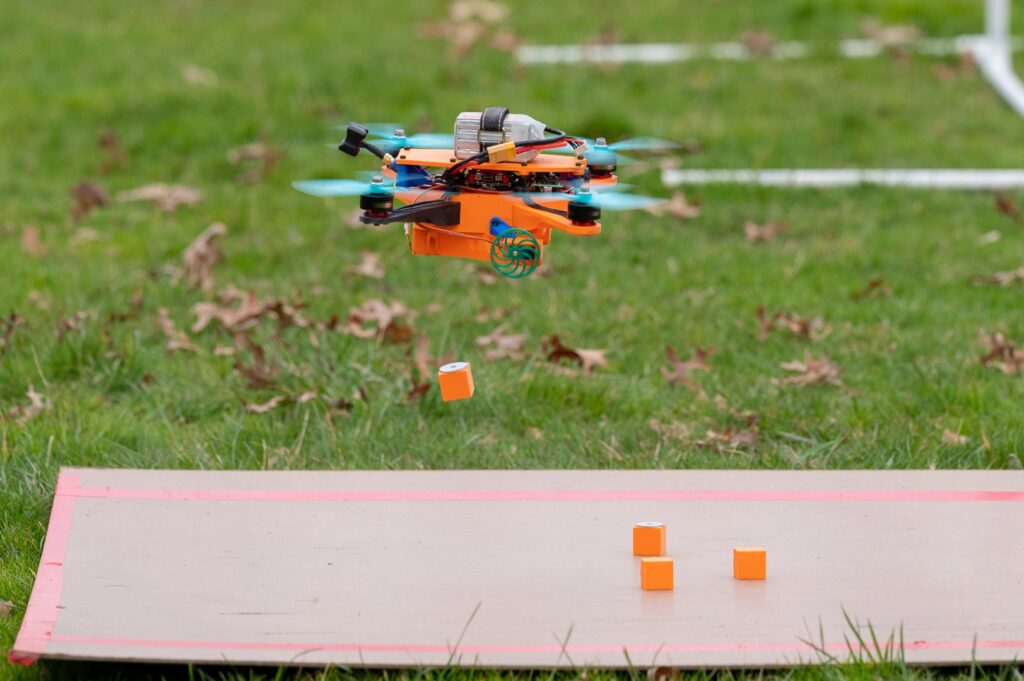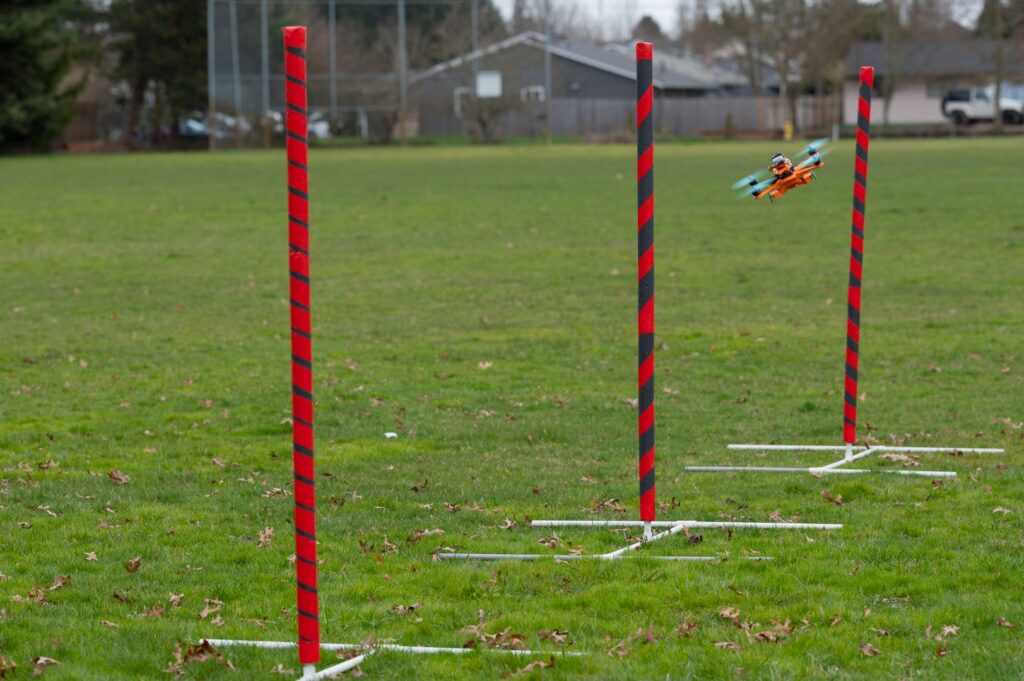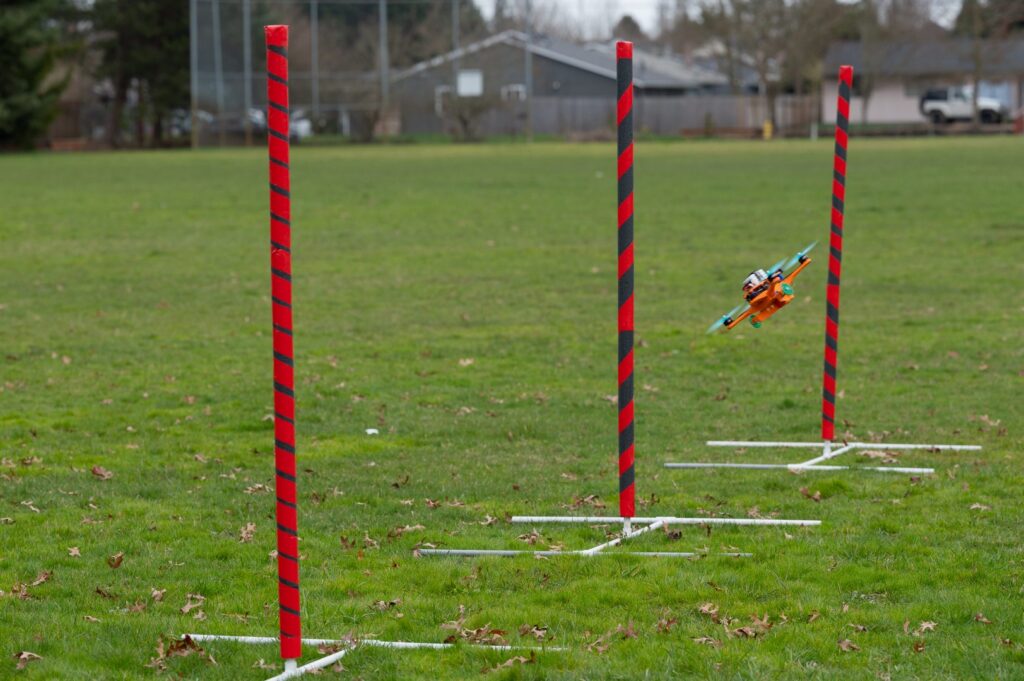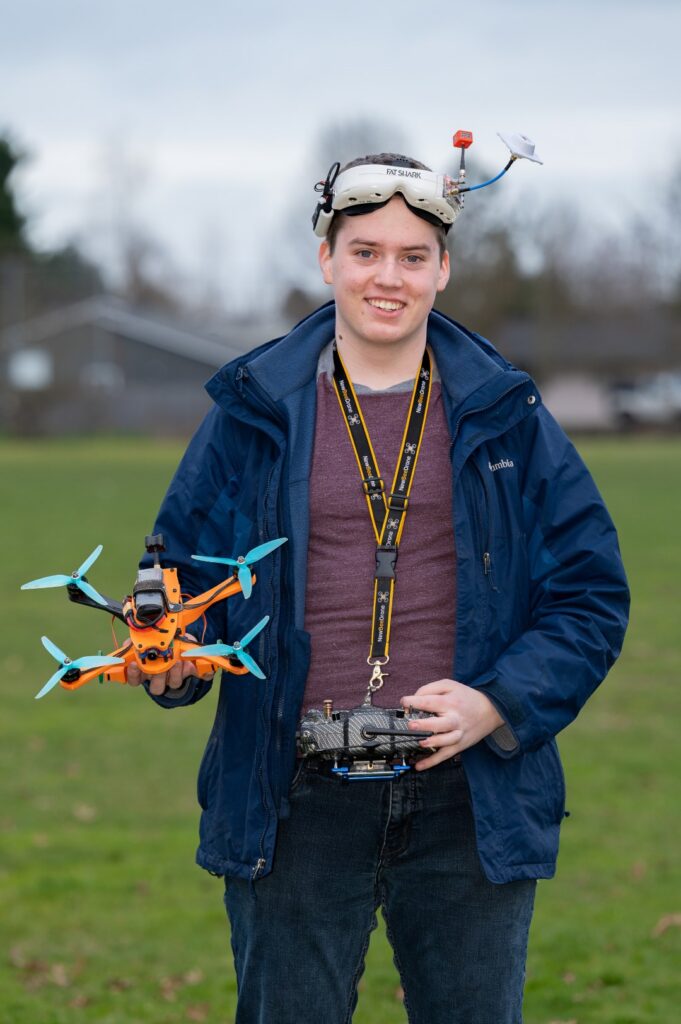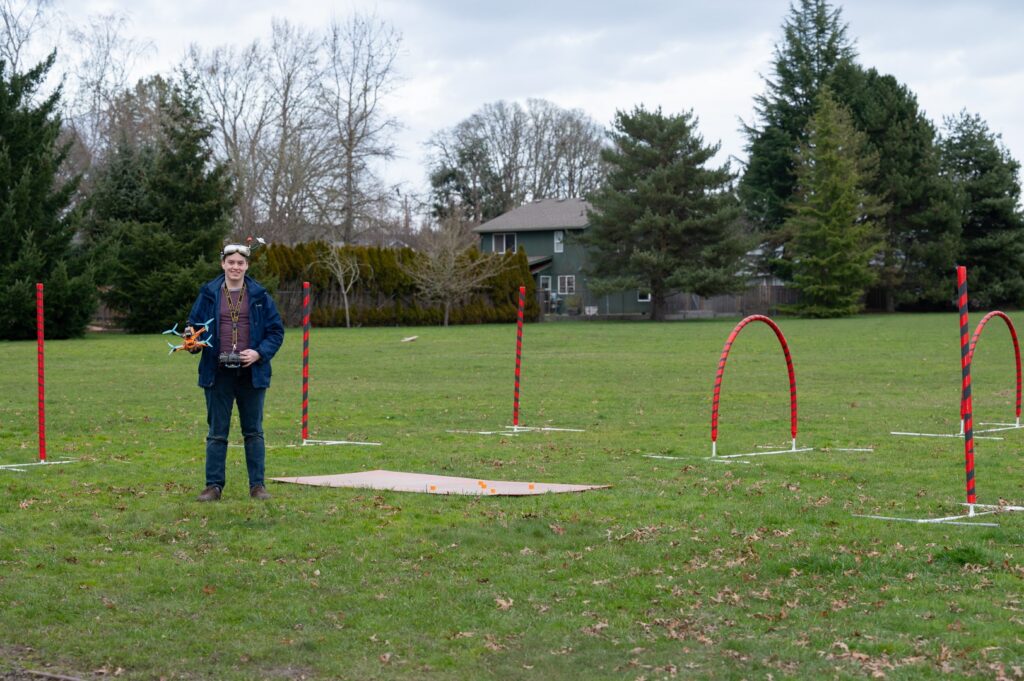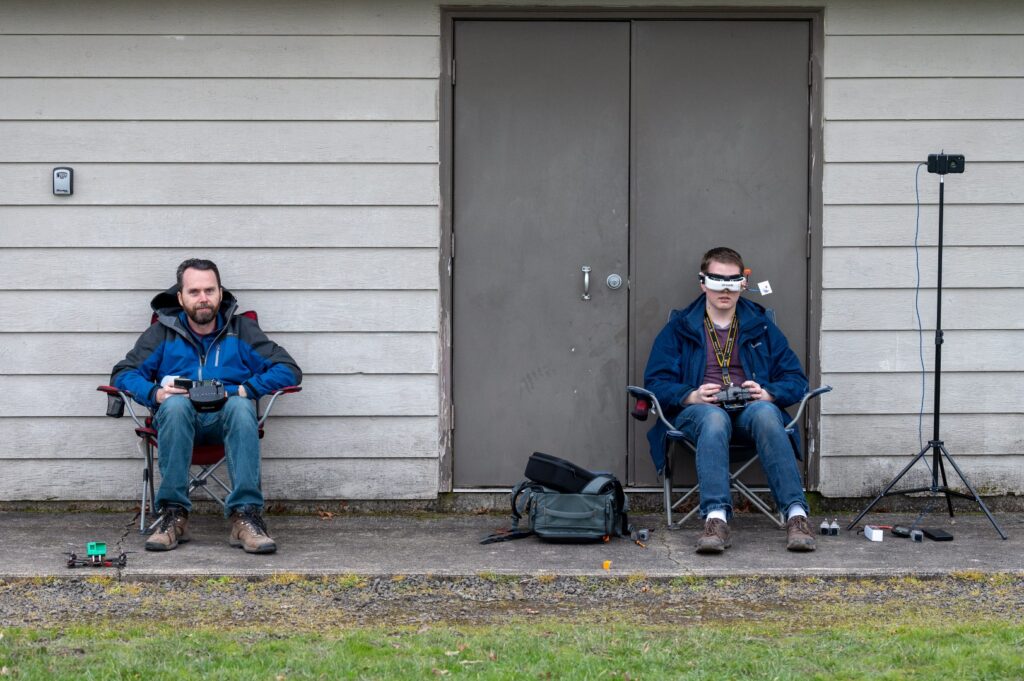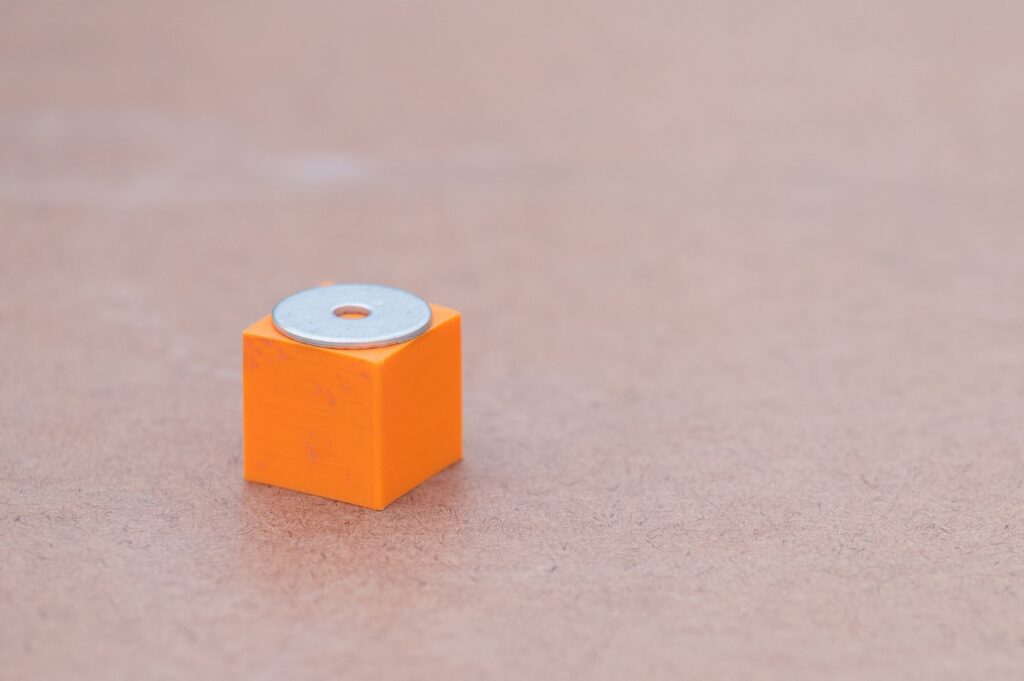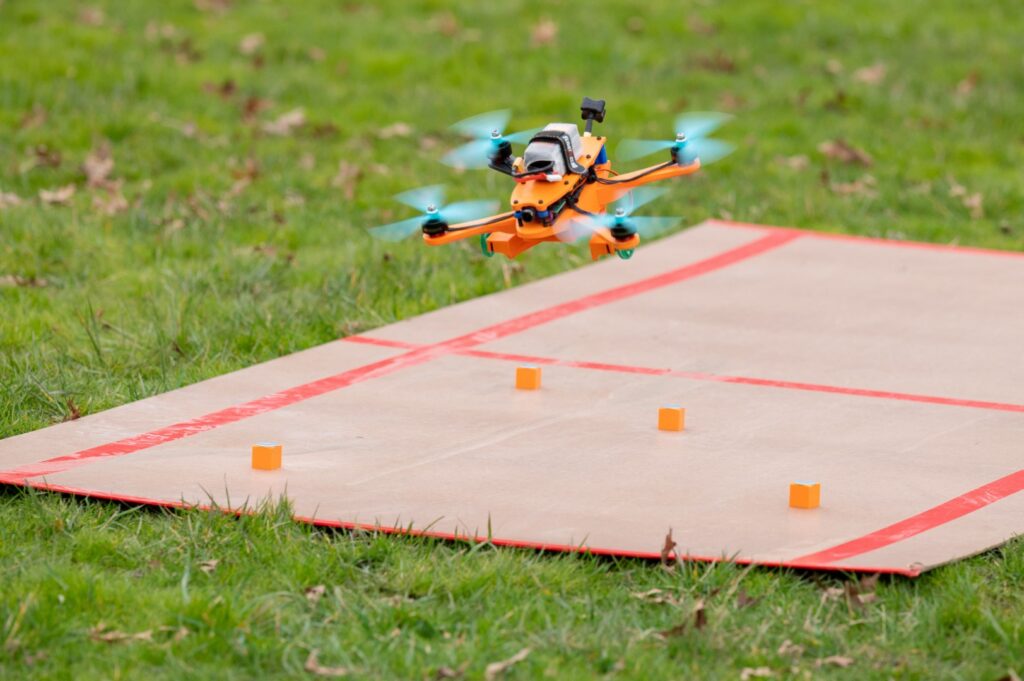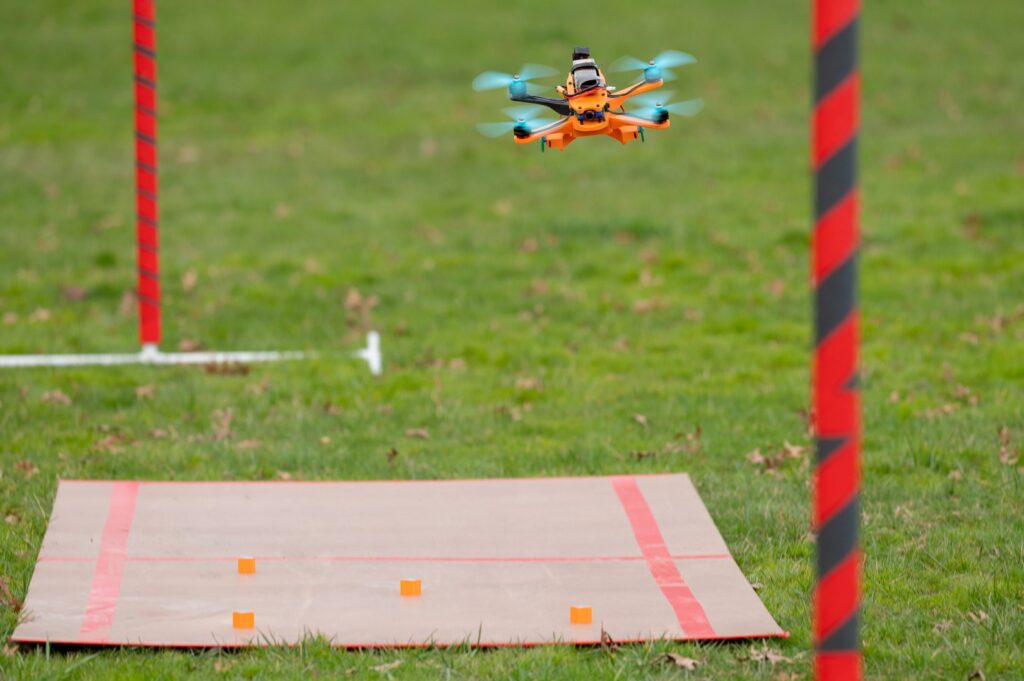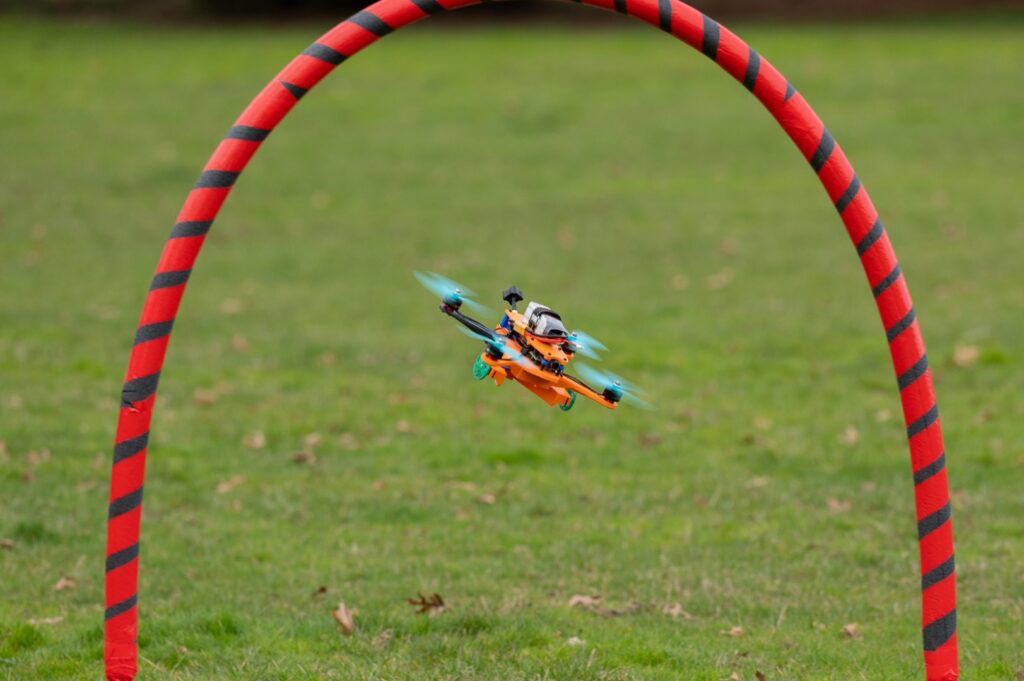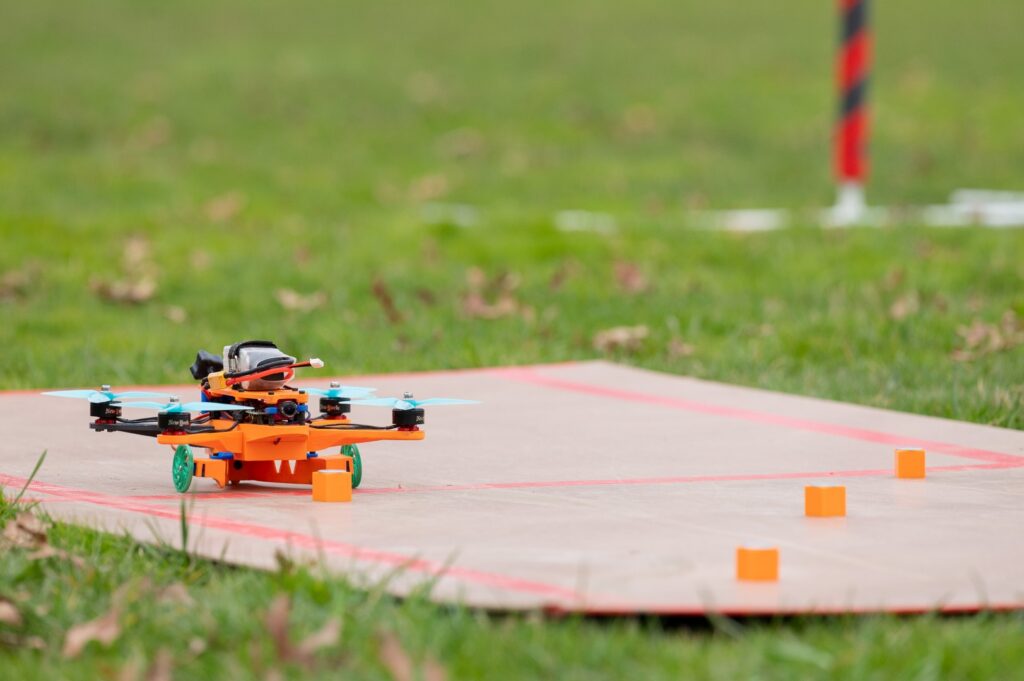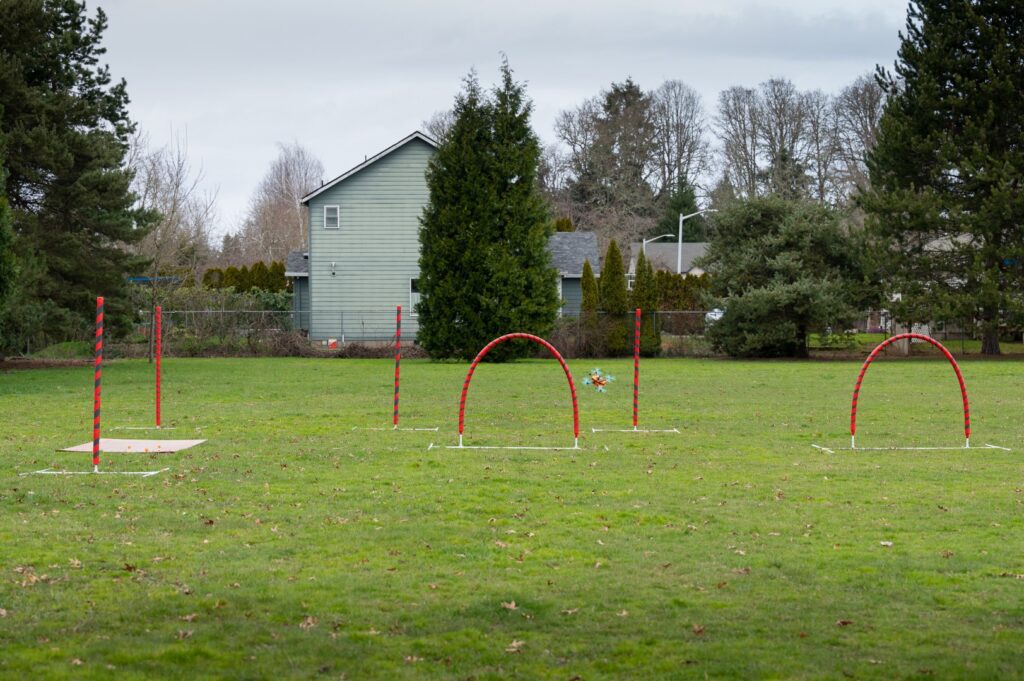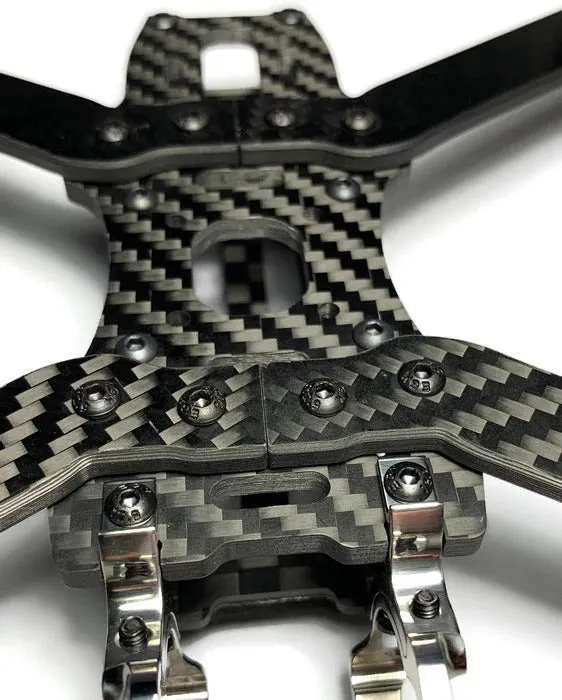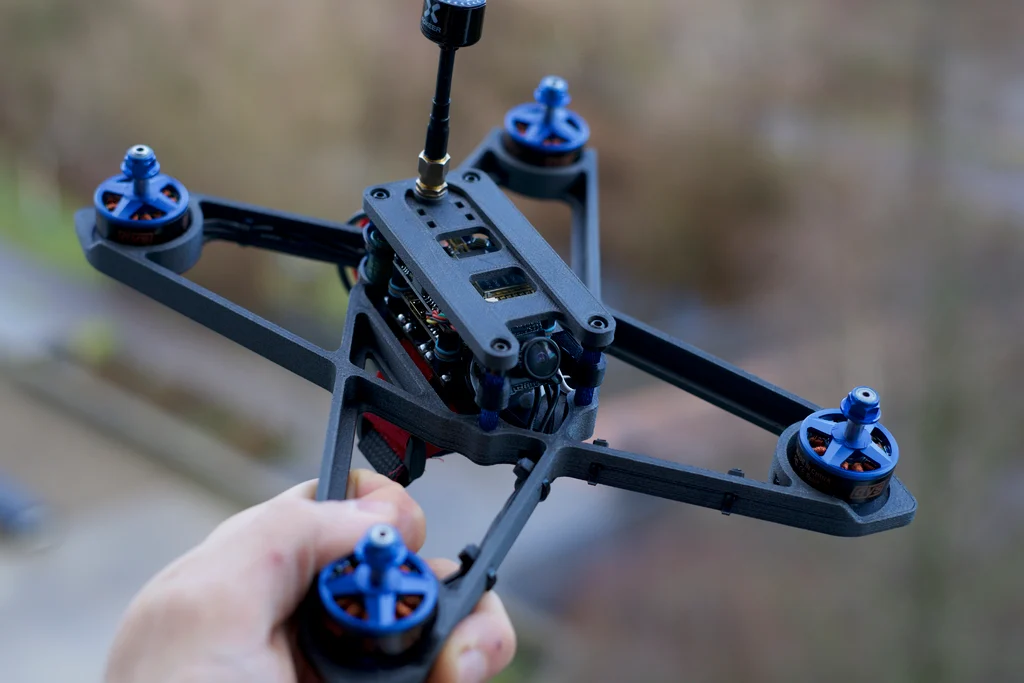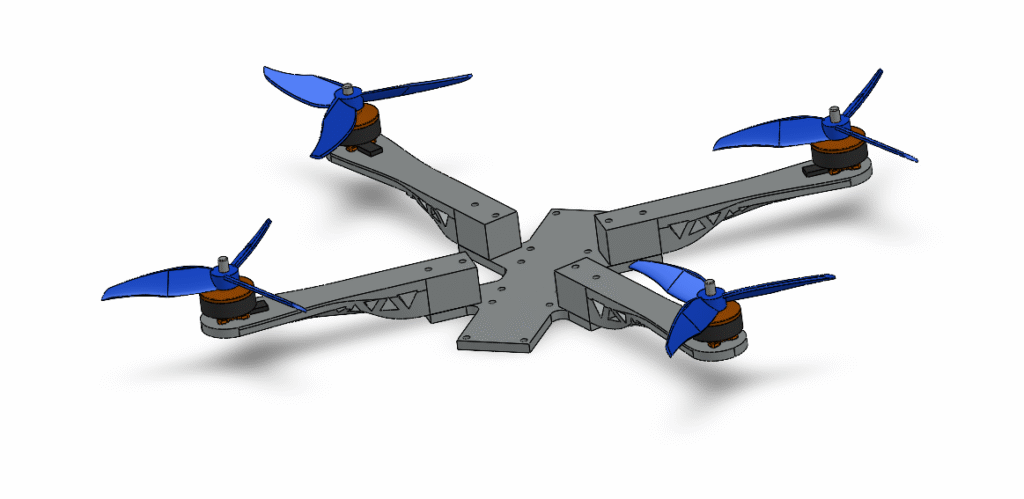During my time in Germany doing service work for my church, I had the opportunity to run the social media team for a few months and produced several videos. At the time I came into the social media team there was a general lack of skill and knowledge. I was able to use my existing skills, build on them, teach others, and develop some training material for future social media team members to use.
I already had DSLR photography experience that I was able to apply directly to shooting on the Panasonic Lumix GH5s. Concepts like exposure, ISO, shutter speed, and aperture were already intuitive to me.
I learned how to set up professional lighting, operate a gimbal, get quality audio, and shoot cohesive videos.




I was able to film, edit, and produce the majority of the 3 following videos. These were made in reverse chronological order and you can see my technique improve with each video.
About 1 week before a large piano concert, I was asked if I could produce a live broadcast so it could be shared with others around the country. This was an incredible challenge and within 1 week I was able to:
– Learn the ins and outs of the sound and video system installed in that church building
– Set up several different live cameras to get several video angles
– Use video input switching to change video perspectives
– Broadcast successfully and navigate a difficult live shoot
In the end, many things went wrong, most of which could have been prevented with better planning:
– The audio was not in sync with the video
– When using the building controls to mute the hanging microphone audio input, it disabled all but one microphone which fed poor, time offset audio in with the other audio on certain camera angles
– The laptop hardware or drivers failed and headphone audio out stopped working after unplugging and replugging the headphones in. This meant we could not hear the live audio except by connecting to the live stream and listening on our phones.
– The microphone sensitivity was too high and audio clipped
These problems were pretty huge. Audio is obviously massively important for a piano concert, and I should have spent more time troubleshooting and testing the audio before the live event. My setup started simple, I proved concepts step by step, and added more cameras as I was able. Only once I had a full multi-camera setup did I really start testing audio. I should have tested audio incrementally, slowly building complexity and proving out the system just like I did with the cameras.
If you care to check it out, this event was in both english and german. Enjoy the camera angles, and experience the audio haha.
